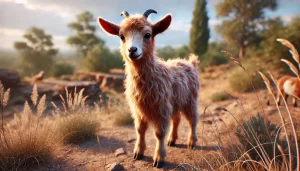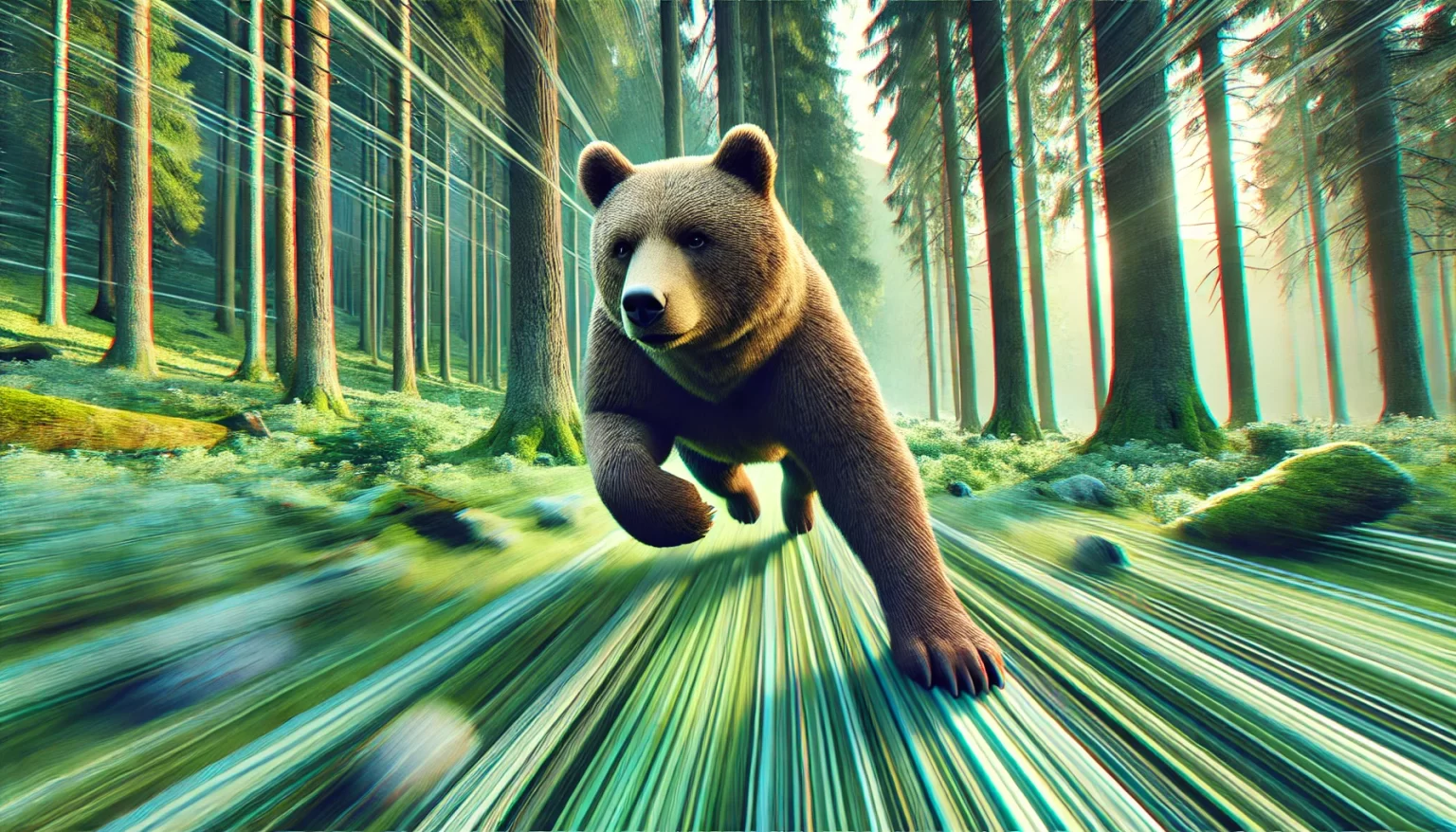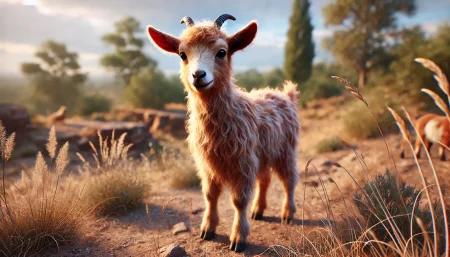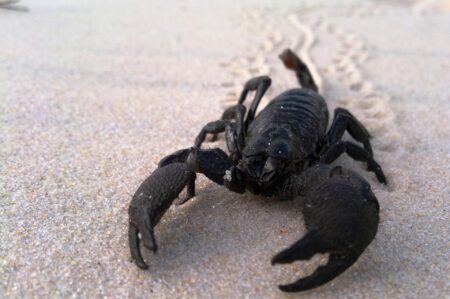When you think of bears, you might envision lumbering giants ambling through forests or fishing lazily in streams. But don’t let their bulky appearance fool you. These furry behemoths are surprisingly swift on their feet. The speed of a running bear might shock you. From the mighty grizzly to the common black bear, these woodland warriors can outpace even the fastest human athletes in a sprint.
But just how fast can a bear run? And what makes these seemingly cumbersome creatures such effective speedsters? In this article, we’ll dive into the fascinating world of ursine athletics, exploring the surprising speeds different bear species can achieve, the anatomy behind their swiftness, and what this means for human-bear interactions in the wild. Prepare to be amazed by nature’s unexpected sprinters!
The Ursine Olympics: Breaking Down Bear Speed
Picture this: a stadium filled with bears of all species, lined up at the starting line, ready to sprint. In this peculiar race, the gold medal goes to the grizzly bear, also known as the brown bear.
According to the National Wildlife Federation, these furry speedsters can clock in at 35 miles per hour. That’s fast enough to give any Olympic sprinter a run for their money!
But let’s not leave our other contestants in the dust. Here’s how the rest of the bear world stacks up in our speed leaderboard:
- Brown bear (Grizzly): 35 mph
- North American black bear: 30 mph
- Sun bear: 30 mph
- Spectacled bear: 30 mph
- Asiatic black bear (Moon bear): 25 mph
- Polar bear: 25 mph
- Panda bear: 20 mph
- Sloth bear: 20 mph
Before you start picturing bears zooming around like furry sports cars, it’s important to note that these top speeds come with a few caveats. Bears can only achieve these velocities at peak fitness – you won’t see a bear fresh out of hibernation, having lost up to 30% of its body weight, breaking any land speed records. They need the right terrain. Soft, flat surfaces where their impressive claws can dig in for traction are ideal for these speed demons.
Bears vs. Bolt: The Ultimate Sprint Showdown
“But wait,” you might be thinking, “surely the fastest human could outrun a bear?” Let’s pit the king of human speed, Usain Bolt, against our furry forest sprinters.
Bolt’s record-breaking speed of 27.8 miles per hour, achieved during a 2009 race in Berlin, is truly impressive for a human. But even this legendary athlete falls short of our ursine champions. Bolt’s top speed is a full 7 mph slower than a grizzly bear’s maximum and even 2 mph behind a black bear’s best effort.
Here’s where it gets even more interesting: while Bolt can only maintain his top speed for one to two seconds, bears are marathon runners in comparison. According to reports from Yellowstone National Park in the 1930s, bears can maintain speeds of 25 to 28 mph for up to two miles. Talk about stamina!
As for the average human? Running at a comparatively snail-like 15 mph, we don’t stand a chance in this race. But before you start planning your bear-proof bunker, remember that most bears would rather avoid a confrontation than chase you down. They typically only attack to protect their food, cubs, or personal space.
Anatomy of a Speedster: Decoding Bearodynamics
Now, let’s get under the fur and explore what makes these seemingly cumbersome creatures such effective sprinters. Despite their burly frames, flat feet, and thick coats, bears are built for speed in ways that might surprise you.
Take the grizzly bear, for instance. Its secret weapon? The distinctive hump on its back. This isn’t just for show – it’s a powerhouse of muscle sitting atop the shoulder blades, driving those mighty forelimbs forward with each stride. It’s like having a built-in turbocharger!
Then there are the claws – impressive tools that can grow over four inches long. While these are great for digging and climbing, you might think they’d be a hindrance when running. And you’d be partially right – on hard surfaces like asphalt, those claws can slow a beardown. But they provide crucial traction on softer ground, allowing bears to grip and rip through the terrain at top speed.
Interestingly, a bear’s forelimbs are shorter and stronger than its hind legs, capable of supporting more weight. This unique body structure contributes to their surprising agility and speed.
Mythbusters: Bear Edition
It’s time to tackle some bearish myths! You might have heard that bears can’t run downhill. Hold onto your hiking boots because this widely believed “fact” is fiction.
Let’s travel back to 1937, when an article in Yellowstone Nature Notes tells the tale of a bear named Clubfoot. This ursine speedster was reportedly “able to keep pace with a horse going downhill, but not uphill.” So much for the Bears being downhill dunces!
Another misconception is that bears are slow and sluggish right after hibernation. While it’s true that they lose a significant amount of body weight during their winter snooze (15% to 30%), bears quickly regain their strength and speed once they’re up and about. So don’t count on outpacing a “groggy” bear in spring!
Bear Encounter Survival Guide
Now that we’ve established that outrunning a bear is not an option, what should you do if you encounter one in the wild? First and foremost, Don’t run! This can trigger the bear’s predator instinct and prompt a chase – a race you’re guaranteed to lose.
For black bears, the most common in the U.S., your best bet is to stand your ground. Make yourself look big by spreading your arms, establishing eye contact, and making noise. You’re trying to convince the bear that you’re not worth the trouble.
Grizzly encounters require a different approach. Avoid eye contact, as this can be seen as a challenge. Speak calmly to identify yourself as human, and slowly back away. If the bear follows, stop and stand your ground.
Regardless of the species, bear spray should always be carried in bear country. If a curious or aggressive bear gets too close for comfort, it’s your best defense.
The Science of Bear Speed
Surprisingly, for all our fascination with bears, we still don’t know much about their speed capabilities. Much of our data comes from observations made in the 1930s in Yellowstone National Park. While valuable, these historical accounts leave much to be desired regarding scientific rigor.
The challenge lies in the ethical and practical difficulties of measuring wild bear speeds accurately. You can’t exactly ask a grizzly to run on a treadmill or set up a racecourse in the woods. This gap in our knowledge presents an interesting opportunity for future research, perhaps utilizing modern technology like drones or remote sensors to gather more precise data on bear locomotion.
Coexisting with Speedy Bears
Understanding bear speed isn’t just about satisfying our curiosity – it’s crucial for coexisting safely with these magnificent creatures. By respecting their capabilities and space, we can minimize dangerous encounters.
Prevention is key. Make noise while hiking to avoid surprising a bear, and store food properly when camping. Remember, bears don’t want to encounter humans any more than we want to stumble upon them.
It’s also important to understand why bears might chase in the first place. Usually, it’s to protect their young, food, or territory. By giving bears a wide berth and respecting their space, we can reduce the likelihood of a chase scenario.
Conclusion: Respecting Nature’s Sprinters
As we’ve discovered, bears are nature’s unlikely sprinters, capable of surprising bursts of speed that put even our fastest human athletes to shame. From the powerhouse grizzly to the swift black bear, these animals command respect not just for their strength but also for their speed.
Understanding bear speed and behavior is more than just an interesting factoid – it’s a crucial part of wilderness safety and conservation. By appreciating these animals from a safe distance and respecting their space, we can ensure that humans and bears can continue enjoying the great outdoors.
So the next time you’re in bear country, remember: you’re in the presence of nature’s Olympic sprinters. Admire them and respect them, but whatever you do, don’t challenge them to a race!








